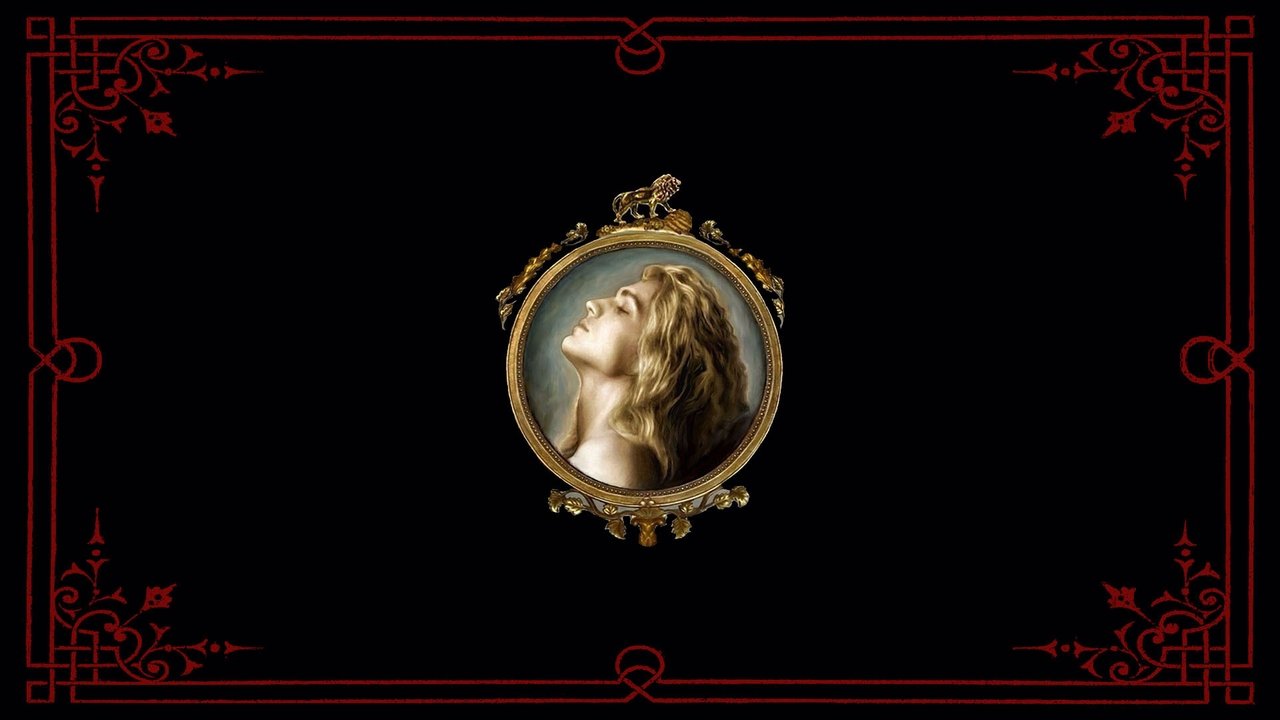"The Vampire Chronicles Collection" is a mesmerizing assembly of gothic horror and supernatural intrigue, showcasing some of the most iconic vampire tales ever told. At the heart of this collection are two standout shows that have captured the imaginations of audiences worldwide: "Interview with the Vampire" and "Queen of the Damned." These stories delve into the rich and complex world of the undead, exploring themes of immortality, love, and the eternal struggle for power and identity. The central figure of this saga is Lestat de Lioncourt, a character brought to life from the vivid imagination of author Anne Rice. Lestat's journey from a French nobleman in the 18th century to a charismatic and enigmatic vampire serves as the backbone of the series, providing a continuous thread that connects the various narratives within "The Vampire Chronicles."
"Interview with the Vampire," the first installment of the series, introduces viewers to the brooding and philosophical world of vampires through the story of Louis de Pointe du Lac, as told to a young reporter. The narrative weaves through the centuries, revealing the complexities of immortal life and the relationships that both sustain and torment these creatures of the night. Lestat, as Louis's mentor and companion, is a figure of both allure and danger, challenging the traditional portrayal of vampires and offering a new, more nuanced perspective on the undead. The series explores the depth of Lestat's character, from his initial transformation to his struggles with his vampire nature, painting a portrait of a being caught between damnation and redemption.
"Queen of the Damned" expands the universe further by introducing new characters and delving deeper into the ancient mythology of the vampires. The film follows the wake of chaos that ensues when the mother of all vampires, Akasha, rises from her slumber to reclaim her position as queen. Lestat, now a rock star, inadvertently becomes the catalyst for her awakening and finds himself at the center of a power struggle that could spell doom for both the vampire and human worlds. This chapter of "The Vampire Chronicles" is a visual and musical spectacle that contrasts the raw energy of modern life with the timeless elegance of the vampire's existence. It is a testament to the enduring appeal of the series and its ability to reinvent itself while staying true to the essence of Anne Rice's original vision. Together, these films offer a compelling exploration of the human condition, as seen through the eyes of the immortal, and solidify "The Vampire Chronicles Collection" as a cornerstone of the vampire genre.


